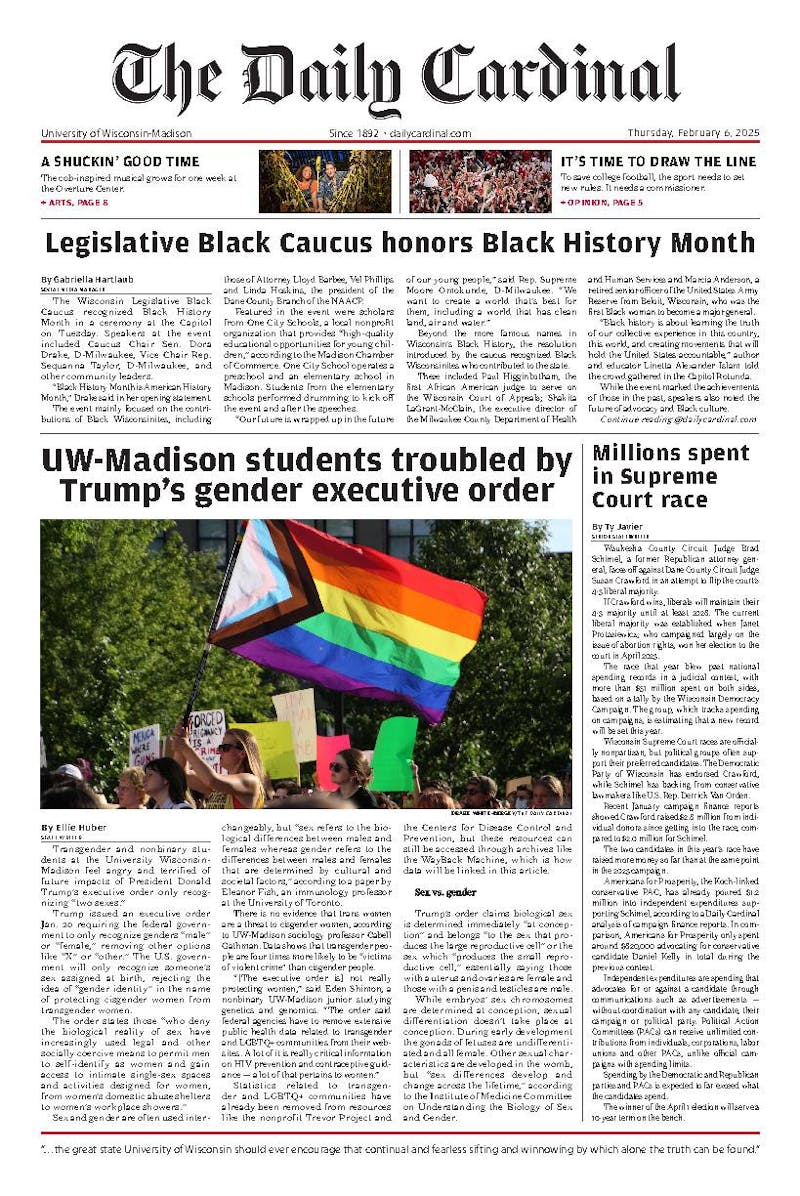With Spring Break approaching quickly, Cardinal Tech is bringing you a selection of technologies that you might find useful over your mid-semester adventures.
Whether one is hiking, at the beach or on the ski slopes, palm-size two-way radios that use the Family Radio Service wavelengths have become as basic to vacation as sunscreen and bathing suits.
They went on the market right after the Federal Communication Commission created the FRS in the summer of 1996. According to Radio Shack, as well as Motorola, sales have been growing ever since.
These radios transmit on the UHF band, decreasing the likelihood of fading or noise. There are no airtime costs, nor do you need to be near a transmission tower. Also, users of the service need no license.
The units have a communication range of two to four miles and range in price from $20 to $150. Some FRS manufacturers will advertise a five-mile transmission range, but that will only work under line-of-sight conditions'trees, hills and buildings all reduce the signal strength.
No matter the price or complexity, all FRS units are compatible with each other. The service allocates 14 channels, used on a shared basis. The simplest FRS units have only one channel and are ideal for occasional users, being less expensive and having fewer complicated controls. Frequent users should get one with several channels.
Many such radios have a \selective calling"" feature, often marketed as ""quiet tones,"" ""quiet mode"" or ""group mode."" This means only radios set to an exact sub-code will be able to call you. While this function minimizes interference, it does not guarantee privacy.
FRS units should only be used in the United States and Canada. Several nations have outlawed the radios since they may interfere with services such as fire, police, military, etc. Penalties for unauthorized use in some countries can be very harsh.
The biggest disadvantage for FRS is its range and, ironically, its popularity. The more FRS radios sold, the more difficult it gets to find an open channel.
Some recommended features include scanners, which are great for finding an open line, and vibrating call mode. Some FRS radios specifically designed for outdoor use come with digital compasses, barometers, altimeters and weather channels.
Power output does not necessarily affect the communication range of the radio. A 100-milliwatt unit can perform as well as a 500-milliwatt unit in many situations. Thus, put your money into features.





